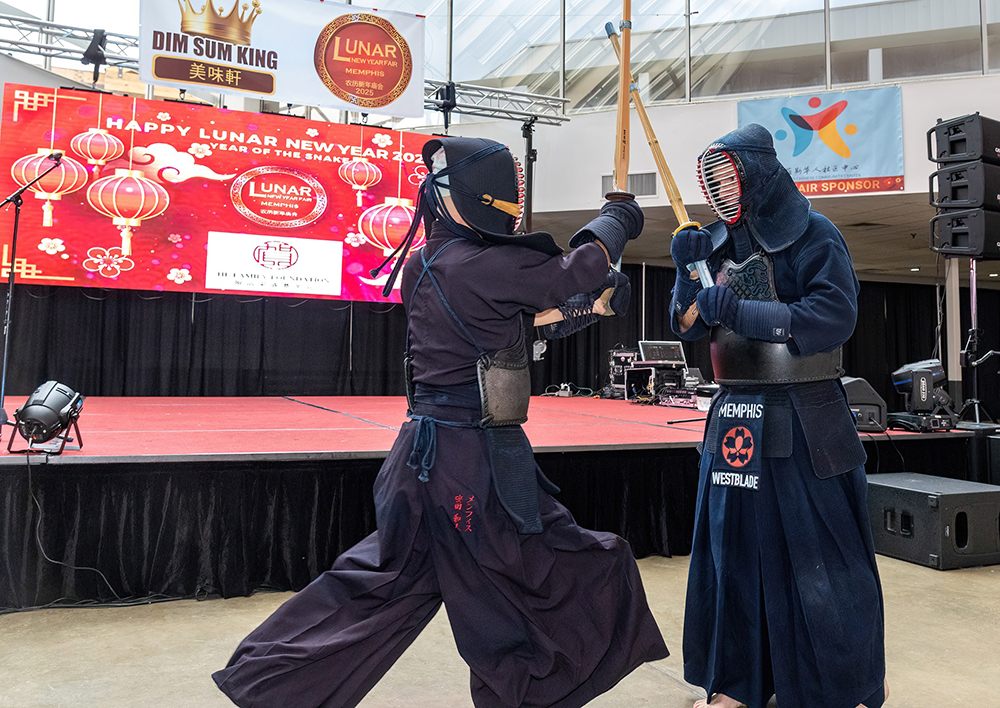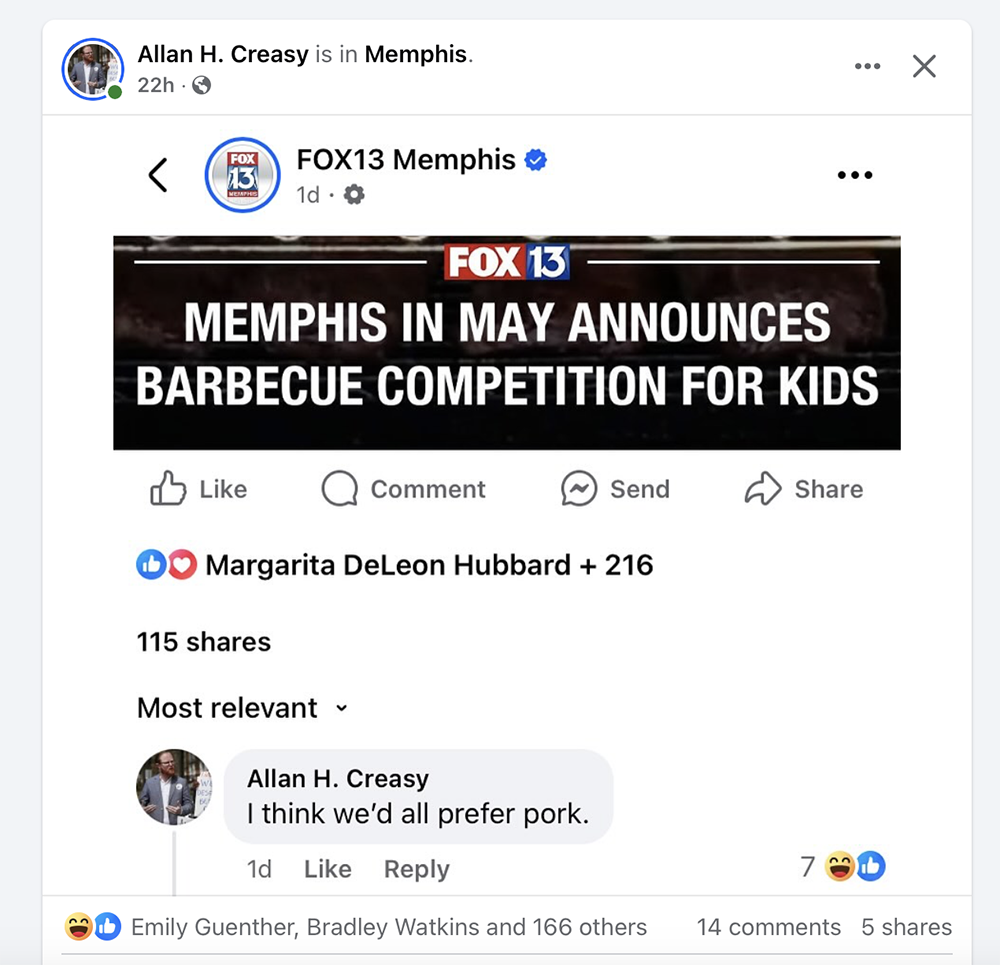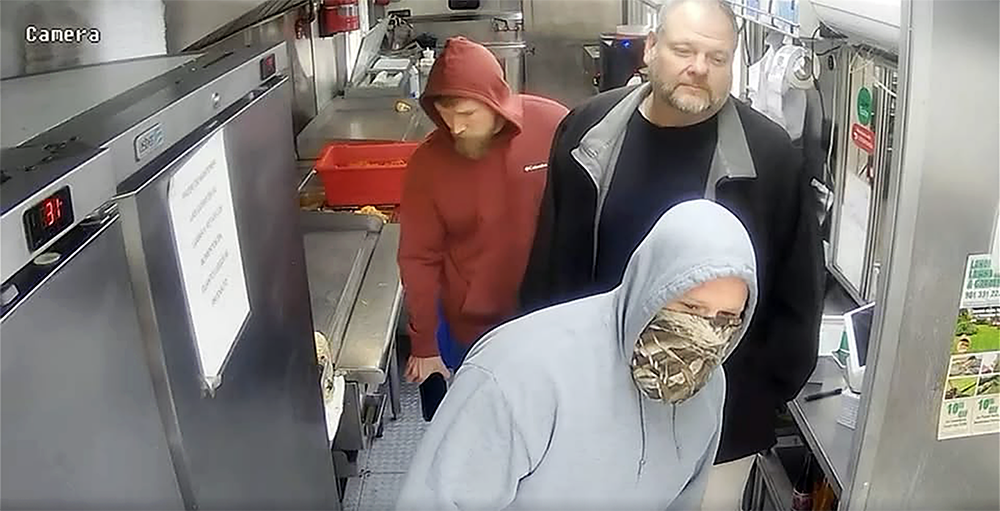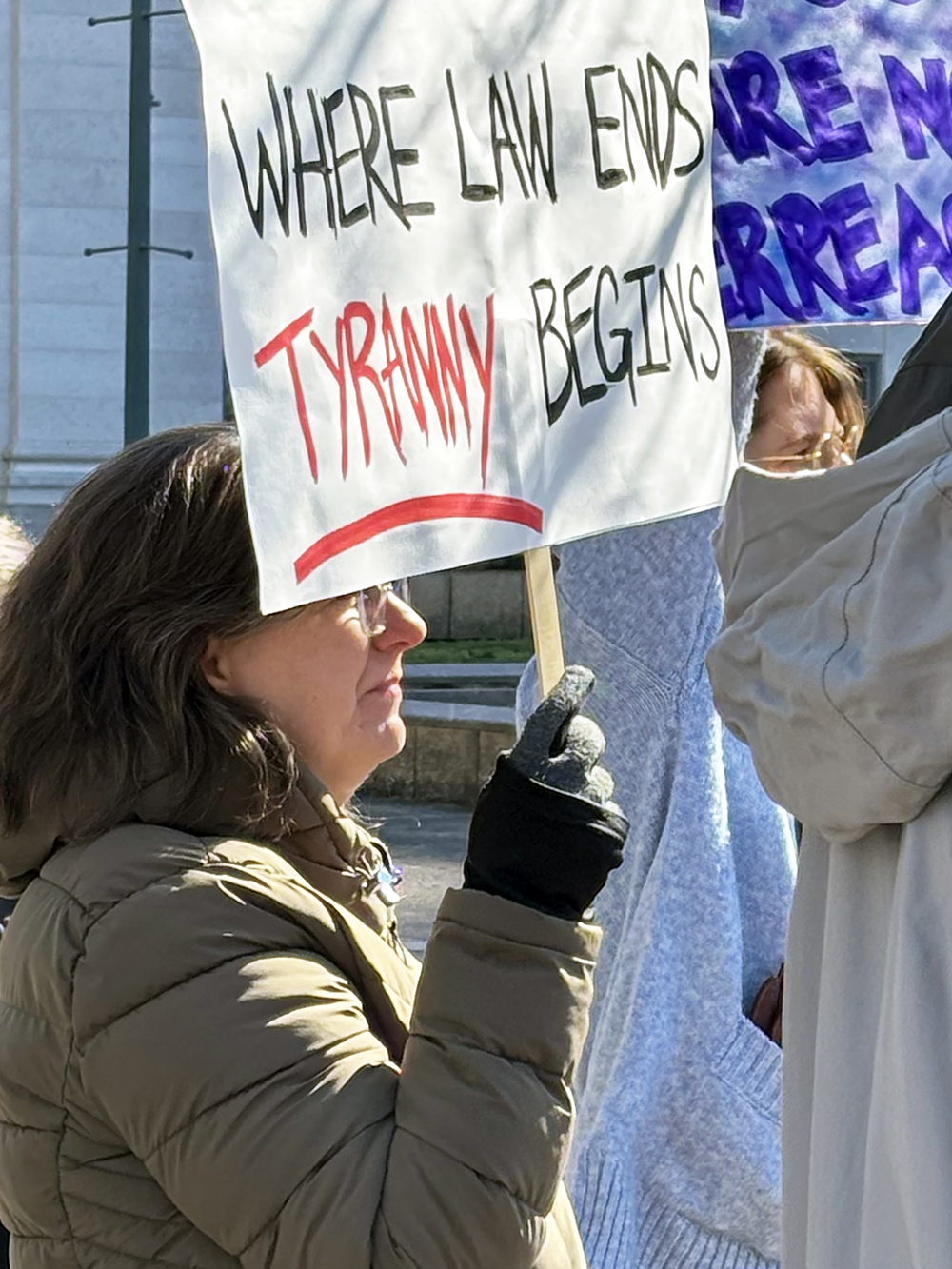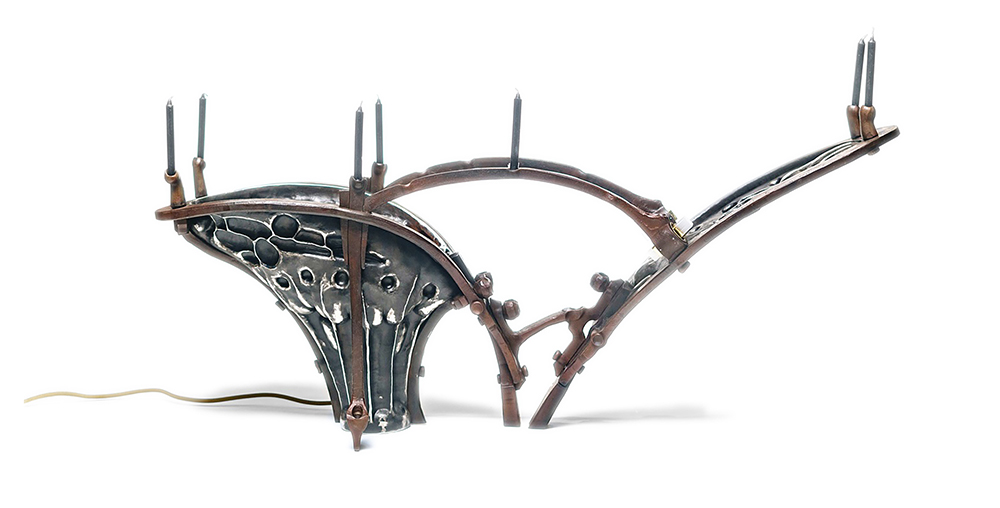It’s Come to This
The Federal Agency for the Safety of the Food Chain in Belgium was forced to issue a warning to the country on Jan. 7 against eating Christmas trees, United Press International reported. The statement was in response to the city of Ghent recommending cooking with conifer needles. “You can make delicious spruce needle butter with them for bread or toast,” Ghent’s website read. But the FASFC wasn’t having it: Christmas trees “are not meant to end up in the food chain” because many have been treated with pesticides and other chemicals, including flame retardant. Ghent responded by changing its headline to read “Scandinavians eat their Christmas trees” and added a warning: “not all Christmas trees are edible.” Way to throw the Vikings under the bus, Belgians!
Wait, What?
In early November, Emily James, 27, of Kansas City, Missouri, underwent a most unusual and expensive ($17,000) body-altering surgery, the New York Post reported. The trans woman had six ribs removed from her rib cage in order to achieve a smaller waist. The recovery gave her plenty of time to think about what she wanted to do with those extra ribs — yes, the hospital gave them to her — and her options seemed limitless: Make them into dog toys, boil them down for broth, have an “Emily barbecue.” But eschewing all the cannibalistic notions, James has come up with the perfect project: “I plan on having someone make a crown and, like, incorporate my bone pieces in there,” she said. “Getting my ribs removed doesn’t change the fact that I’m a kind, loving trans girl. It’s my money, my body, and I’m going to do what I want with it.” Yas queen.
Precocious
A 12-year-old boy from Grand Traverse County in Michigan was charged with joy riding, operating a motor vehicle without a license, carrying a concealed weapon, and possession of marijuana on Jan. 12, MLive.com reported. The boy’s parents contacted the county sheriff when they realized their 2000 Chevy Blazer was missing, saying their son had taken it. They had tracked his progress south into Clare County, where deputies were alerted to be on the lookout. By the time he was stopped, he had driven more than 90 miles; officers found a 12-gauge pump-action shotgun and ammunition, along with a little weed, but said there was no indication that he planned to use the gun. He did tell deputies he was unhappy at home. He was released to his parents.
Compelling Explanation
San Mateo, California, police arrested a Kentucky man early on the morning of Jan. 12 for a suspected hit-and-run incident, CBS News reported. Frank Falcone, 62, told officers that he was driving northbound on Pacific Boulevard when a southbound car came toward him with its high beams on. The lights disturbed Falcone “because of the brightness and potential radiation,” he said, so he rammed the other car. When it stopped, he allegedly rammed it two more times. Falcone fled the scene and told officers he evaded them because people impersonate cops. He was arrested on suspicion of assault with a deadly weapon.
Um …
Nigerian gospel singer Timileyin Ajayi, 30, was arrested on Jan. 12 as he carried a bag that contained the severed head of his purported girlfriend, the BBC reported. The bag drew the attention of other people, who held him until police arrived. “The suspect was found with a fresh human head,” Nasarawa police said, “and when we got to the scene, we rescued him from being mobbed.” Other parts of the deceased’s body were found later at his home. Abby Simon, a friend of the 24-year-old victim, said Ajayi was not her boyfriend. “Even if she was his girlfriend, she didn’t deserve to die this way,” Simon said.
You Had One Job
Brigantine (New Jersey) police were called to a home on the Jersey Shore on Jan. 13 after a neighbor found a toddler wandering around outdoors, NBC Philadelphia reported. The neighbor recognized the child and returned them to their home, where she found babysitter Jena Davidson, 35, passed out on the floor. First responders took Davidson to the hospital, where it turned out she had “consumed a significant amount of the homeowner’s alcohol to the point that she became unconscious and unresponsive,” police reported. She was charged with endangering the welfare of a child.
NEWS OF THE WEIRD
© 2025 Andrews McMeel Syndication.
Reprinted with permission.
All rights reserved.




